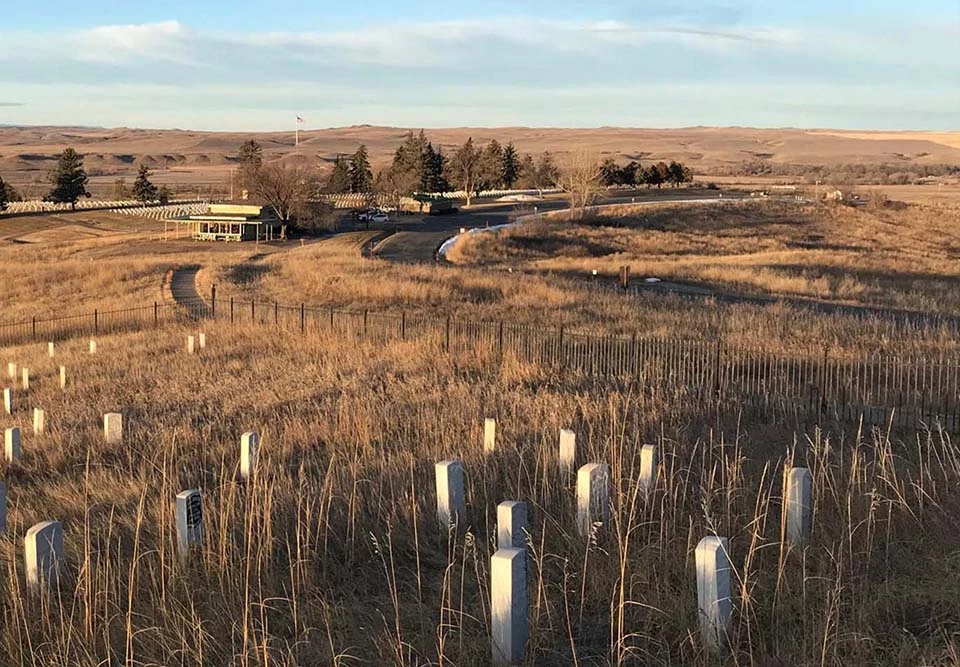Custer National Cemetery


Left image
Custer National Cemetery, date unknown
Credit: NPS Photo/LIBI archives
Right image
Modern image of Custer National Cemetery
Credit: NPS Photo
Learn More
To learn more about the Little Bighorn Battlefield National Monument, check out their website!
Last updated: August 22, 2023
